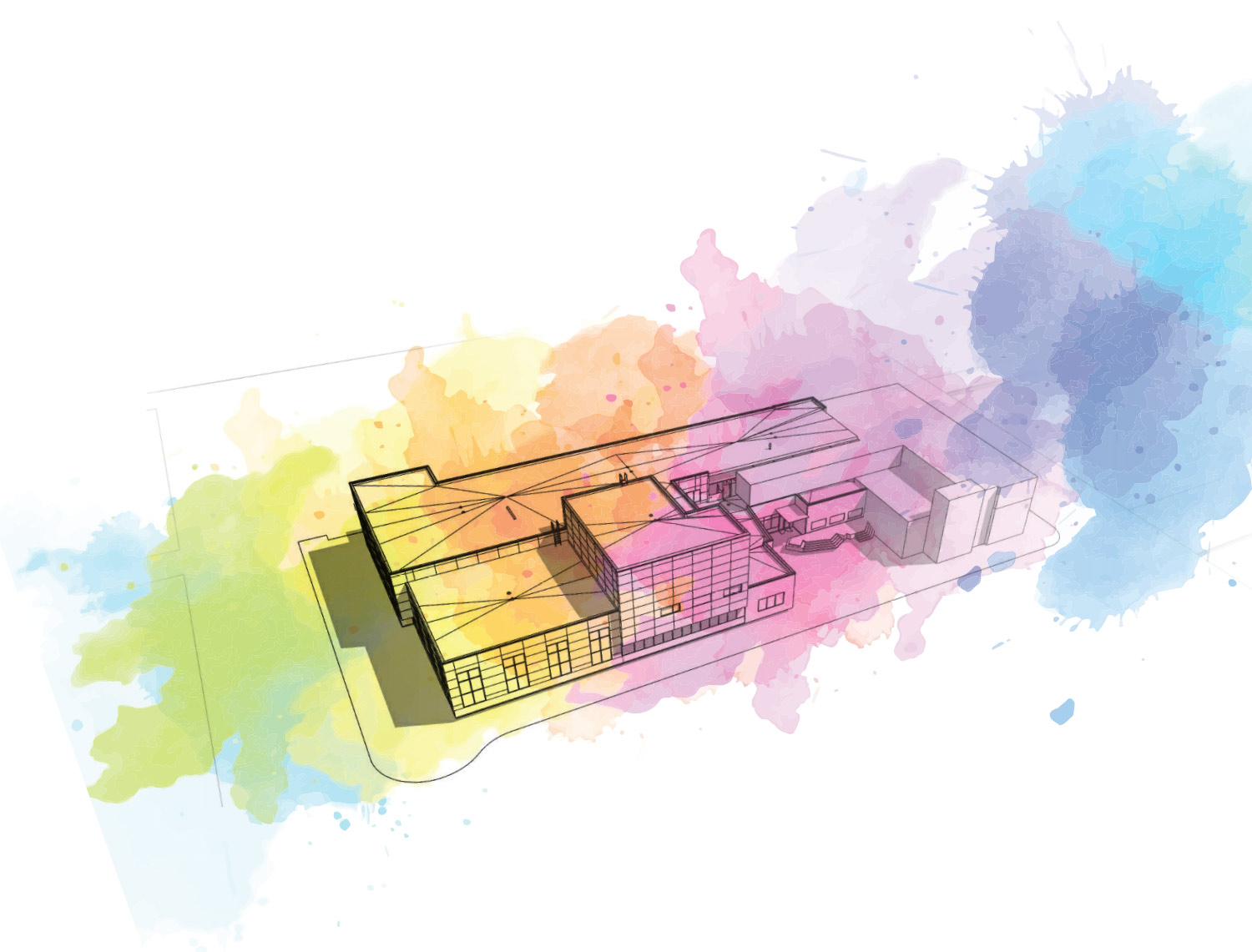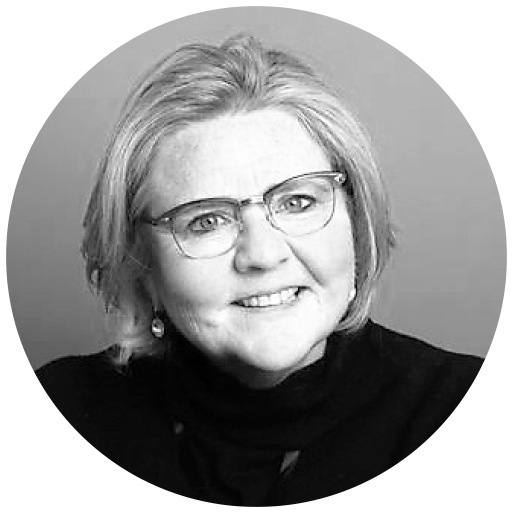ore than 20 years ago, I signed up as a volunteer at Covenant House Alaska – the only shelter for youth experiencing homelessness in the Southcentral region of the state – and it changed the trajectory of my life. I was so inspired by the young people I met that I decided to make a career here and contribute however I could to building and improving not just our programs, but all the systems and services for young people in Anchorage.
My community had to face some hard truths about our longstanding problem of chronic homelessness. Everything we had been doing was focused on stopping the suffering that comes with homelessness, meeting people’s basic needs and trying to prevent early mortality. What became apparent was that we had to get in front of the problem rather than simply react to it. Creating the right services and interventions for youth at an early age, before years of complex trauma makes stability so much more difficult to achieve, seemed the only way to lift people out of a terrible cycle. I had already seen enough of where that path leads. Every time one of our youth was lost to the dangers of the street, it broke every heart on my team.
Staying homeless for long all but guarantees that kids and youth will face repeated trauma and become targets for exploitation, driving them farther into isolation and just-survive-the-day lifestyles in which childhood dreams start to seem more like distant fantasies. There is no stopping adult homelessness without first addressing youth homelessness and all the factors that lead to this unacceptable reality.

Our young adults have told us that moving straight from a shelter into independent housing was an intimidating leap that would be less scary if it happened in more moderate stages. Again led by support from our partners at Cook Inlet Housing Authority, beginning in 2021 our footprint will expand to include 22 micro-unit apartments physically onsite at the Youth Engagement Center. Each youth will have their own unit, their own key, a private entrance, and the increased freedom and responsibility that comes with independent living, while still on the same campus as the treatment and services provided by Covenant House Alaska or our partners.
In addition to our existing transitional living programs, and our Rapid Rehousing program that helps young people move into their own apartments around Anchorage, the micro-units will add to our long-term housing options for young adults. While some youth in Anchorage still need emergency shelter as a gateway to further services, many are stable enough not to be in a shelter setting and would be better served in this version of more independent living. We are further motivated to pursue this model of housing as it provides increased safety and health in the new reality of rapidly evolving infectious diseases. It will be all the more important for vulnerable populations to have their own spaces in which to better adhere to recommendations for hunkering down and maintaining cleanliness, which is more difficult to manage in congregate settings. As we have transitioned to a more housing-based approach, we have seen that a safe, stable place to live is the most necessary precursor to further success in all forms. We are dedicated to this upstream investment in our youth both for their sake and as a way to better utilize limited resources during a time of incredible need.
There are three critical steps that can help achieve objectives with leaders setting the pace and path
- Define your goals.
Find others who share them and who want to share in the hard work. - Identify the challenges.
Analyze the situations you have faced and the solutions you created. - Share, collaborate and create a brain trust.
Don’t keep information quiet such that others have to learn the same lessons the hard way.
We all get farther if we help each other. I have seen what can happen when multiple agencies are able to focus on their specialization in collaborative service. We believe the model we are building is not only replicable across the nation, but necessary to provide the most impact with limited resources, especially in communities like ours struggling with recession.
I love the youth at Covenant House Alaska. It has been the great honor of my life to help them become the best version of themselves while striving to build a future they can see and reach, and to work alongside so many others who share this dedication. Through continued long-term partnerships, our programs will make the experience of homelessness a brief challenge from which our youth can recover quickly, a source of connection to our community, and an opportunity to build resilience and strength in our state’s next generation of compassionate leadership.

